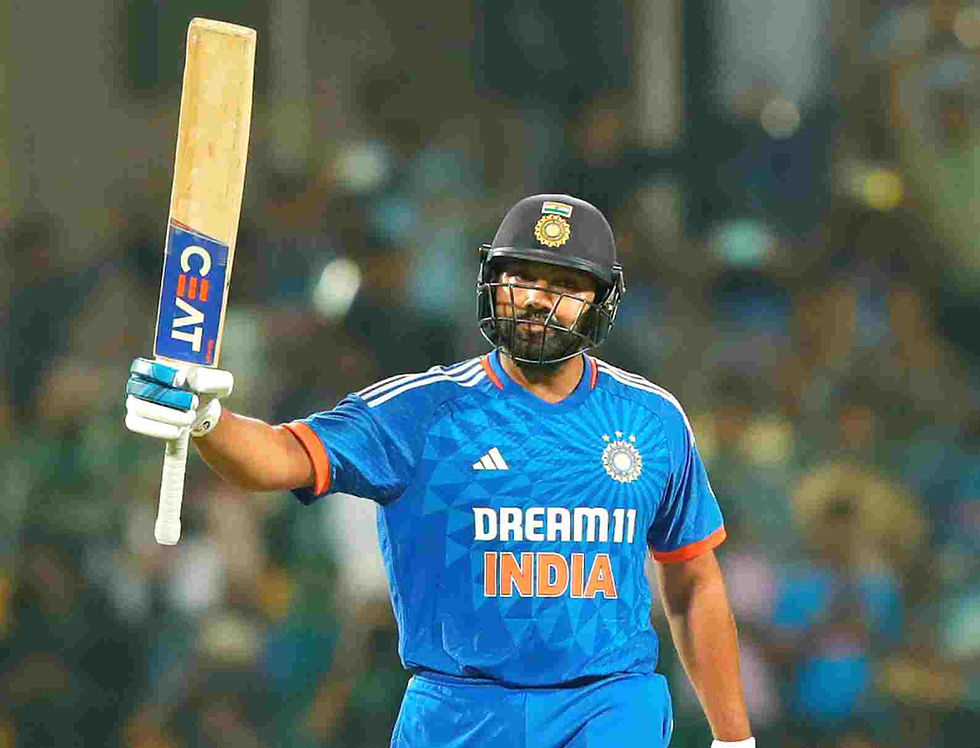Is the role of an anchor obsolete in contemporary T20 cricket? In the fast-forward T20 cricket, do teams really need an anchor?

A No. 3 batter usually plays the anchor in ODI cricket where a team has to bat 50 overs to set up a total or chase down a target. Hence, there is a requirement of an anchor who can bat through the innings in ODIs while other batters play around him. But is an anchor required in T20 cricket? Or, is the role non-existent or outdated in modern-day T20 cricket?
Taking IPL 2024 for instance, it can be observed that big-hitters have dominated the game. Be it openers, No. 3 or the middle-order, a batting unit has gone all guns blazing to destroy a bowling attack. Sunrisers Hyderabad (SRH) have followed this strategy of playing an aggressive brand of fearless cricket and have been a success so far. They have set three scores of 250-plus so far in the tournament. They have big-hitters in openers Travis Head and Abhishek Sharma followed by even better hitters of the ball in Heinrich Klaasen, Aiden Markram, and Nitish Kumar Reddy – who all look to score at a rapid pace. They do not have any designated anchor in their batting line-up.
Even other teams are following a similar strategy to make all but the anchor's role non-existent. Kolkata Knight Riders (KKR) and Mumbai Indians (MI) have power-hitters packed in their line-up. In Mumbai’s line-up, Suryakumar Yadav comes to bat at no 3, and looks to dominate the game straight away with his big-hitting followed by Tilak Varma – another good hitter. Kolkata have big-hitting openers in Phil Salt and Sunil Narine followed by more good hitters of the ball looking to score at a rapid pace.
Rohit and Moody dismiss anchor’s role in T20s
There is no such phase called consolidation in modern T20 cricket as batters look to score at rapid pace in powerplay, middle-overs and the death – continuing the same momentum throughout. Rohit Sharma also exerted this point, dismissing the role of anchor in T20 cricket.
“As I see it, there is no role for an anchor now. It is just how T20 cricket is played these days,” he said.
But what if there is a top-order collapse? Wouldn’t an anchor be required then?
“Once in a while, you will be in that position and then someone needs to anchor the innings and finish off to a good score. [But] there is no role for an anchor anymore, guys are playing differently,” he observed.
Even former Aussie cricketer Tom Moody was against use of such terms in T20 cricket, and backed Virat Kohli, who usually plays anchor at No 3 in ODIs, to switch gears easily in T20 cricket. “He's got many gears. He needs to work through those. He's smart enough and experienced enough to adjust to 11 an over or 9 an over required rate," Moody said.

Australia, England are adept at playing fearless cricket across formats
Comparing Australia and England, who have won the last two T20 World Cups, it could be observed that they believe in the philosophy of playing fearless cricket in T20s as well. The two teams pack their squad with all-rounders capable of taking any total down or putting up an unassailable total.
England changed their brand of traditional cricket to an aggressive and fearless one after their humiliating 2015 World Cup exit. The result is that they won a World Cup in 2019 and a World T20 in 2022. The same brand ‘Bazball’ is being employed by them in Test cricket as well with mixed success.
The way forward for India
If India do have to make a strong bid to win their second World T20 title, they too have to adopt the fearless and aggressive brand of cricket. They have advocated the same under coach Rahul Dravid and captain Rohit Sharma, but have not followed it consistently. In the last World T20 in Australia, they changed their approach from aggressive to more situational, respecting the conditions. But England stuck to their strategy of playing the aggressive brand of cricket and walked off with the trophy.
The aim would be to maximise the 120 balls over the three phases of a T20 game, and play fearless cricket without worrying much about losing wickets. There might be a flurry of wickets while playing this style of cricket. But in a fast-paced game like T20, those quick 20-30 runs cameos at a strike rate of over 150 or closer to 200 could be the game changer.
If India don’t play fearlessly in this format, there are teams such as Australia and England who can pose a threat. India already paid the price for their ‘timid’ batting in the 2023 World Cup final loss to Australia. Hopefully, they won’t repeat the same mistake in the 2024 World T20.
Comments